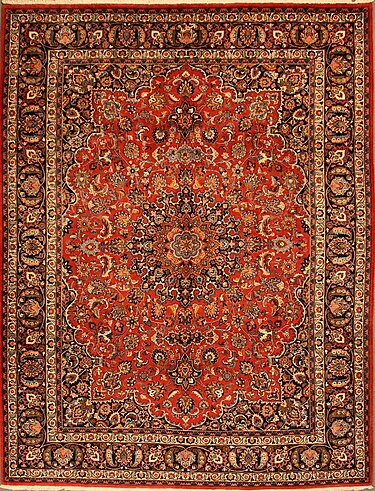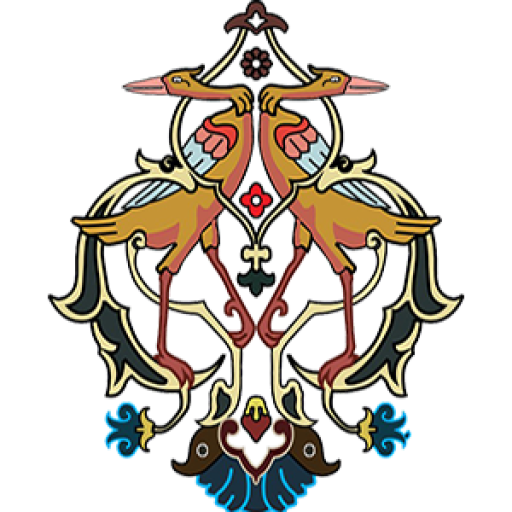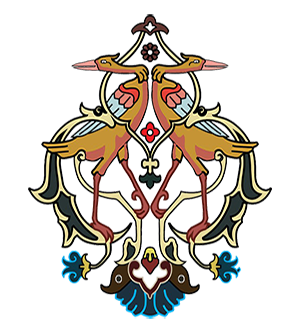History of Qom Handwoven Rugs
Qom, one of Iran’s major centers for handwoven rugs, has a long-standing tradition in this craft. Although rug weaving in Qom began later than in cities like Kashan and Tabriz, it quickly became one of the country’s most important rug production hubs. The flourishing of rug weaving in Qom dates back to the early 20th century when skilled weavers from other cities migrated to Qom and expanded their craft in this region.
Qom Rugs in Contemporary Times
In recent years, Qom rugs have continued to maintain their status in domestic and international markets. The use of silk threads and intricate designs has made these rugs highly popular among collectors and lovers of traditional art. Due to their exceptional quality, Qom rugs are displayed in museums and rug exhibitions worldwide.






